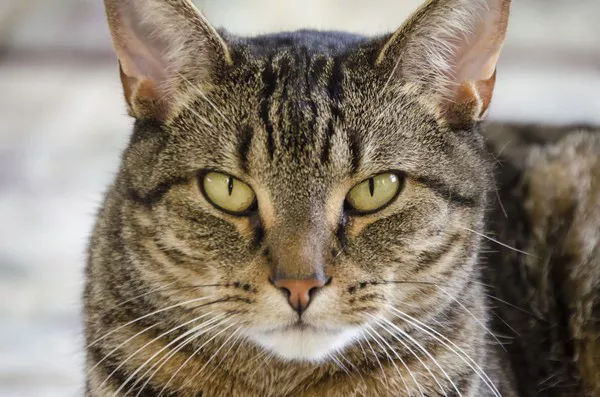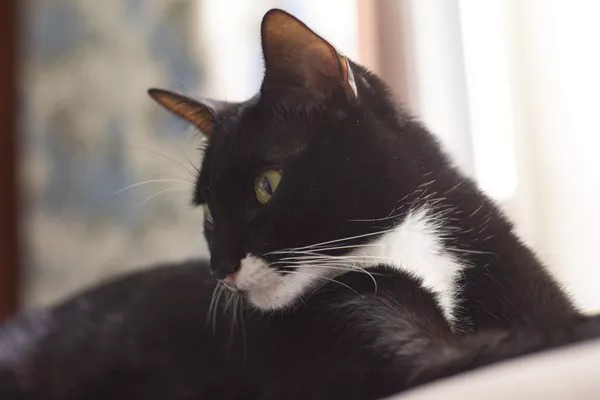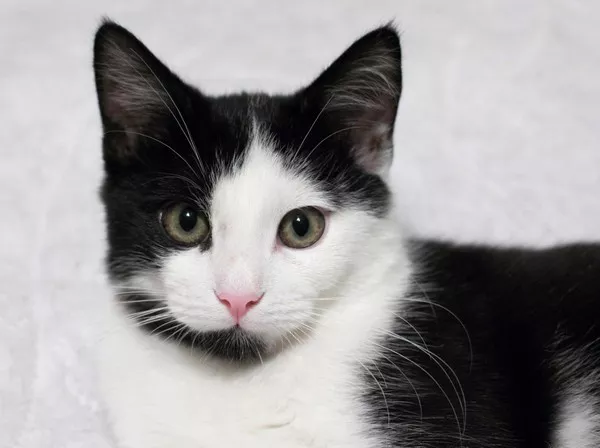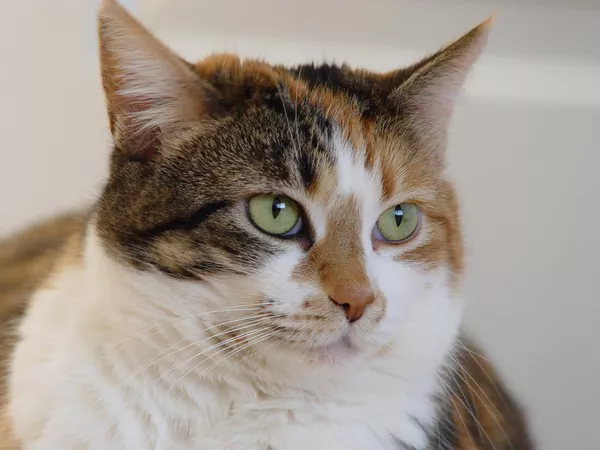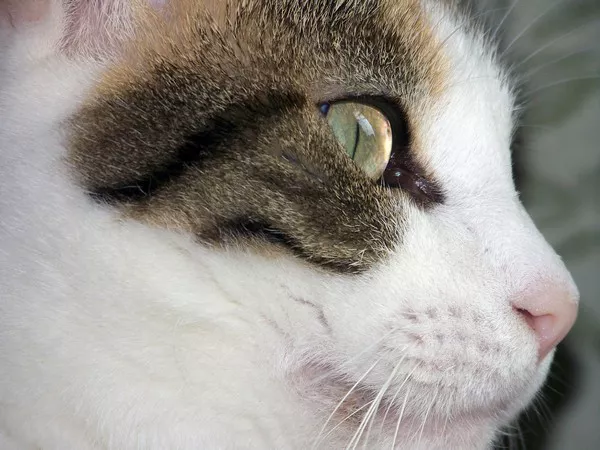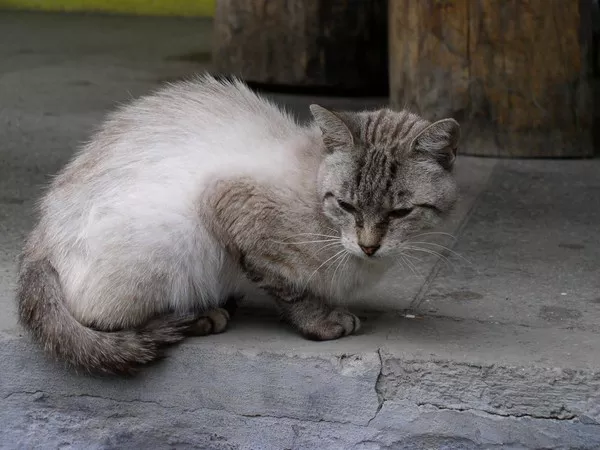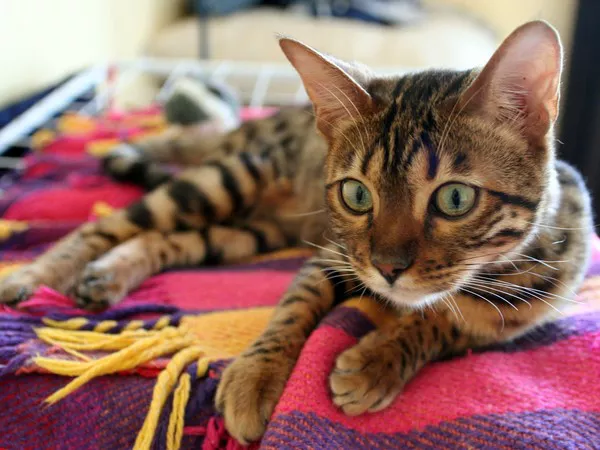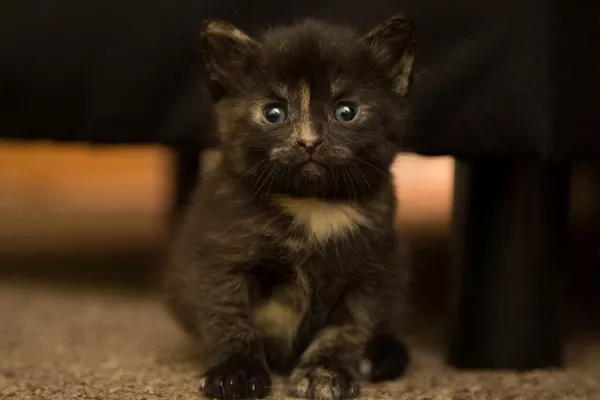Domestic cats, scientifically known as Felis catus, are fascinating creatures with unique dietary needs that reflect their evolutionary history as obligate carnivores. Understanding what domestic cats eat is crucial not only for their health and well-being but also for enhancing the bond between humans and their feline companions. This essay will explore the dietary requirements of domestic cats, the types of food available, the importance of hydration, and the impact of nutrition on feline health.
The Evolutionary Background of Feline Diet
To comprehend what domestic cats eat, one must first consider their ancestors. Cats are descended from wild felines, primarily the African wildcat (Felis lybica), which primarily hunted small prey such as rodents and birds. This evolutionary background has shaped their nutritional needs, making them obligate carnivores. Unlike omnivorous animals, cats require certain nutrients that are only found in animal tissues.
Nutritional Requirements
Cats have specific dietary requirements that differ significantly from those of dogs and humans. The essential nutrients for cats include:
Proteins: Cats require a high protein intake, as proteins are vital for growth, repair, and overall health. The amino acids taurine, arginine, and methionine are particularly important, as they are not synthesized in sufficient quantities by the cat’s body.
Fats: Fats provide a concentrated source of energy and are essential for the absorption of fat-soluble vitamins (A, D, E, and K). Essential fatty acids, such as arachidonic acid, must be obtained through diet.
Carbohydrates: While cats can utilize carbohydrates for energy, they have a limited ability to digest them compared to dogs and humans. Thus, a diet high in carbohydrates is not ideal for feline health.
Vitamins and Minerals: Cats require various vitamins and minerals, including calcium, phosphorus, potassium, and vitamins A and D, for optimal health.
Types of Cat Food
When it comes to feeding domestic cats, there are several types of food available, each with its own set of benefits and drawbacks. Understanding these options is essential for providing a balanced diet.
Dry Cat Food (Kibble)
Dry cat food, or kibble, is a popular choice among cat owners due to its convenience and long shelf life. It typically contains a mixture of meat, grains, and other ingredients.
Advantages:
Convenient and easy to store.
Can help reduce dental tartar buildup due to its crunchy texture.
Generally more affordable than wet food.
Disadvantages:
Often contains higher levels of carbohydrates, which may not be ideal for all cats.
Less moisture content can lead to dehydration if not balanced with adequate water intake.
Wet Cat Food (Canned)
Wet cat food is another common option, consisting of canned or pouch food that is higher in moisture content.
Advantages:
Higher moisture content helps with hydration.
Often more palatable and appealing to finicky eaters.
Generally contains higher protein levels than dry food.
Disadvantages:
Shorter shelf life once opened.
Typically more expensive than dry food.
Raw Diets
Some cat owners choose to feed their cats a raw diet, consisting of raw meat, organs, and bones. This approach aims to mimic a cat’s natural diet.
Advantages:
May provide a more natural diet that aligns with a cat’s evolutionary needs.
Can lead to improved coat condition and energy levels.
Disadvantages:
Risk of bacterial contamination (e.g., Salmonella, E. coli).
Requires careful planning to ensure a balanced diet and proper handling.
Homemade Diets
Homemade diets allow cat owners to control the ingredients their pets consume. However, crafting a balanced homemade diet requires extensive knowledge of feline nutrition.
Advantages:
Full control over ingredients and quality.
Can cater to specific dietary needs or preferences.
Disadvantages:
Risk of nutritional imbalances if not properly formulated.
Time-consuming and requires careful preparation.
The Importance of Hydration
Hydration is a critical aspect of feline health, yet many cats do not drink enough water. Cats have a low thirst drive, which can lead to urinary tract issues and kidney problems.
Encouraging Water Intake
To ensure proper hydration, consider the following strategies:
Provide Fresh Water: Always have fresh, clean water available. Change it daily to encourage drinking.
Use Water Fountains: Many cats prefer running water, so a pet water fountain can entice them to drink more.
Incorporate Wet Food: Feeding wet cat food can significantly increase a cat’s moisture intake.
Special Dietary Considerations
Certain health conditions may require special dietary considerations. Here are a few common issues and their dietary implications:
Obesity
Obesity is a prevalent issue among domestic cats, often resulting from overfeeding and a lack of exercise. A weight management diet, which is lower in calories but high in protein, can help cats lose weight safely.
Kidney Disease
Cats with kidney disease often require a diet low in protein and phosphorus. Special veterinary diets are available that cater to these needs.
Food Allergies
Some cats may develop food allergies, leading to skin issues or gastrointestinal problems. Identifying and eliminating allergens from the diet is crucial for managing these conditions.
The Role of Treats
Treats can be an effective way to bond with your cat, but they should be given in moderation. Many commercial cat treats are high in calories and low in nutritional value. Opt for healthier options or limit treat intake to ensure a balanced diet.
Conclusion
Understanding what domestic cats eat is essential for their health and happiness. By recognizing their unique dietary needs and the various food options available, cat owners can make informed decisions that promote well-being. Whether choosing dry food, wet food, raw diets, or homemade meals, the key is to provide a balanced diet that meets the nutritional requirements of these obligate carnivores. Additionally, ensuring proper hydration and considering special dietary needs can further enhance a cat’s quality of life. By prioritizing nutrition, cat owners can foster a healthy, happy, and fulfilling life for their feline companions.
Related topic:

